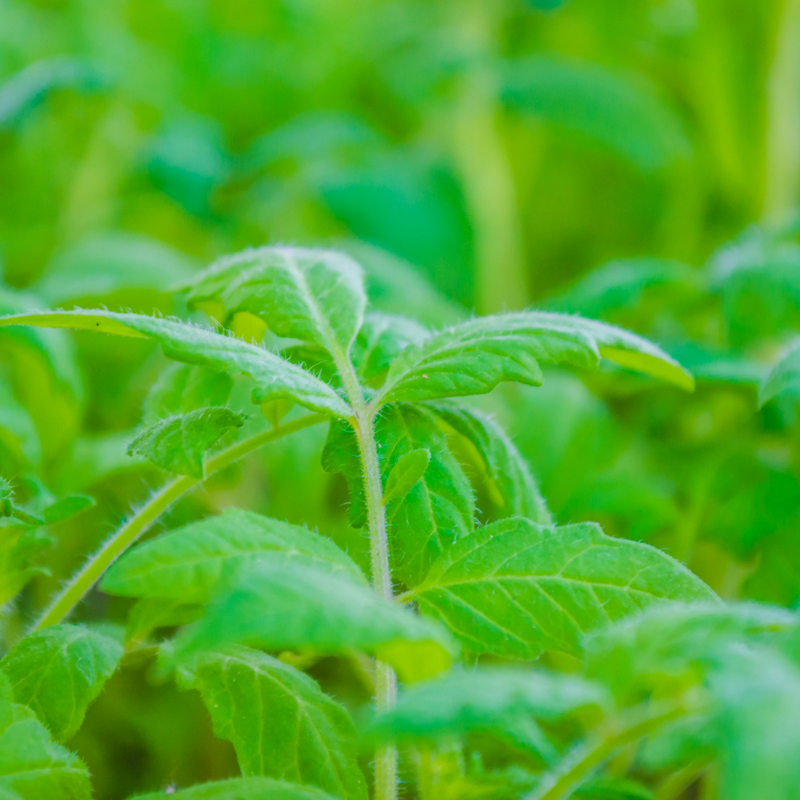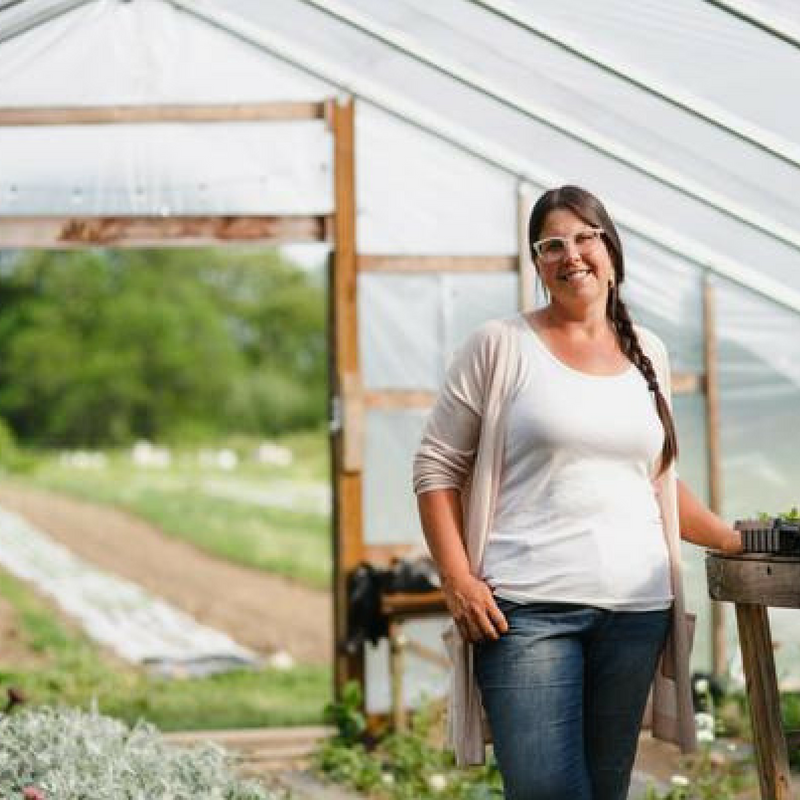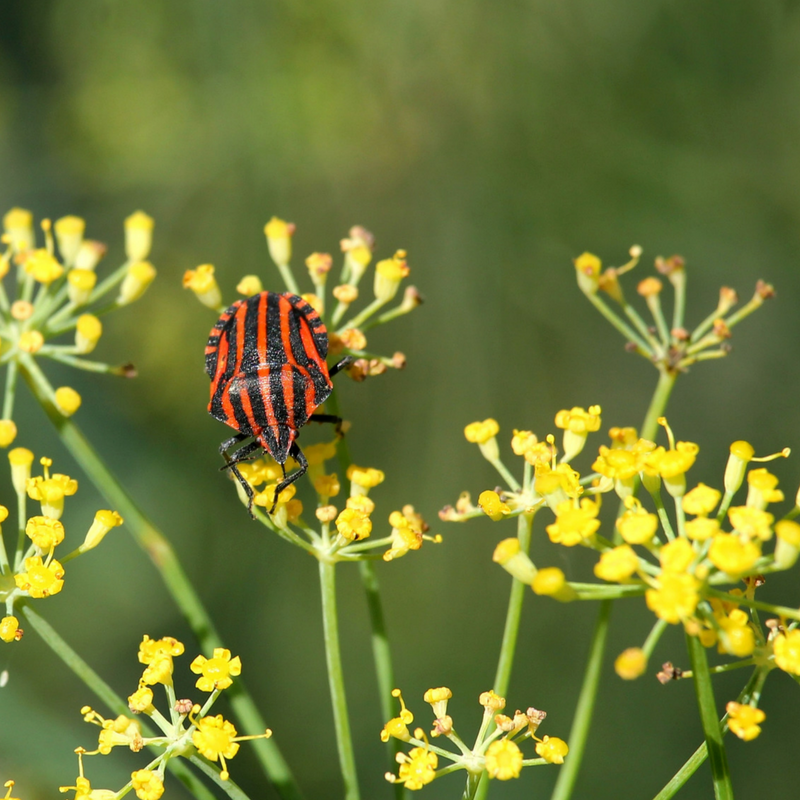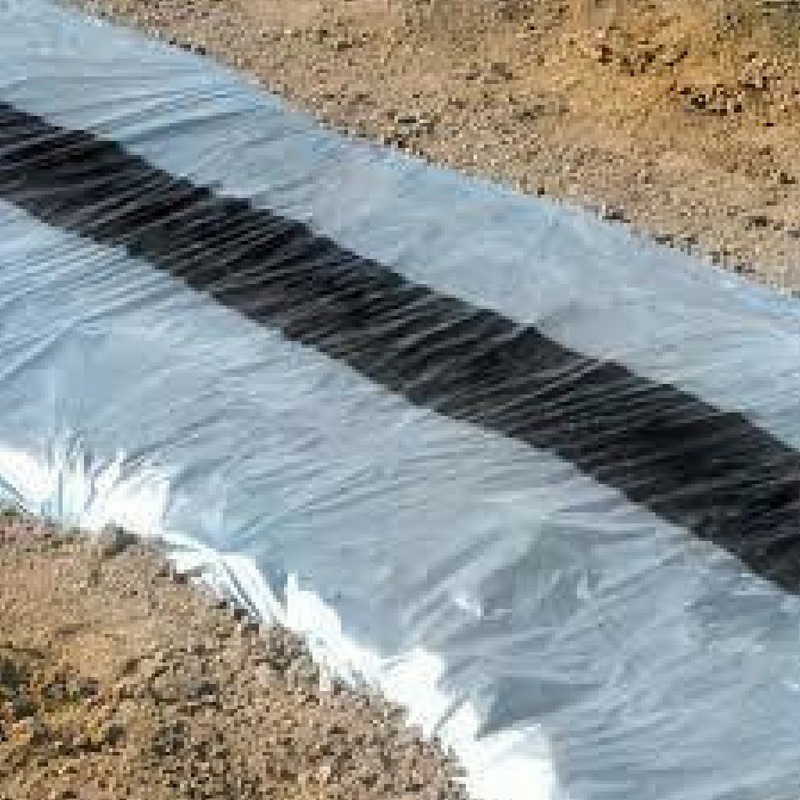“Le mieux est l'ennemi du bien.” (The perfect is the enemy of the good) - Voltaire
The best way, in my opinion, to begin anything is to dive in and begin. Ignore convention, ignore experts, get dirty, and make mistakes. In the realm of beginning a vegetable garden, here, at least, is one way to do it. I discovered it when a good friend asked me the easiest way to get started planting. I replied as an expert...and was kindly ignored.
He made it really simple--I don’t know what he had planned for the morning, but I called, and he said I should stop in. We had coffee and discussed the notion of selling Flora-Flow to novice gardeners, overwhelmed in a springtime garden center, surrounded by lots of products, seeds, seedlings and grouchy plant people. Not easy. The answer in his mind was via video.
He suggested a film to demonstrate the ease of growing with plastic mulch and drip irrigation and with Flora-Flow gear specifically. He offered his lawn, his video camera, and a trip to the hardware to fetch a few things: plants, a bulb planter and...that’s it. I supplied one black 8 foot Flora-Flow mat, a mechanical hose timer, and a box of landscape staples. James’s good hypothesis was that to get people into the garden requires simplicity, ease, and near certain success, plus some easily digestible video knowledge. Want that? To make the video, over the next two hours, we purchased plants: tomatoes, peppers, lettuce, swiss chard, beets and kale and planted them directly into his recently mowed lawn through a Flora-Flow mat. The process is quick, was easy for James, and really easy for me behind the video camera.
Conventional best wisdom might have said planting into the lawn was not the smartest thing to do. We all know gardens have lovely fluffy soil with smiling earthworms and rich earthy aromas--not dense grasses with spreading roots. We all know that garden centers are stacked high with compost, topsoil, fertilizer, peat moss, sand and more and that our green thumb friends all have fancy compost bins along with a spiffy garden gate-- so how can we have a garden without some of that “best” stuff? Easy. Good is good enough, and the chances are very good that if you have grass growing there you can also have vegetables (especially in year one).
In any event, here is the recipe for the good-enough garden, and I submit that for a beginning gardener you really should shoot for good-enough, rather than “best.” For most of us, the “best” garden is actually over-productive and in many senses wasteful--too many tomatoes, too many zucchini, and not enough balance. Now, if you want, remove your sod, double dig your soil to loosen and aerate it -- while adding plenty of compost, lime and eggshells at the bottom of every tomato hole. But, truthfully, in year one, it isn’t really necessary. And, even some experts will tell you that “no-till” is better than crazy intensive bed prep.
The Flora-Flow Lawn-to-Lettuce Easy Beginning Vegetable Garden- Find a sunny, level spot in your yard with healthy grass growing.
- Purchase:
- 6-8 total of seedlings: peppers, tomatoes, eggplants
- 20-30 small things like greens, parsley, lettuce, beets, etc
- a trowel or bulb planter
- 1 each 8-Foot Flora-Flow Mat
- optional: a garden hose timer, landscape staples
- Layout and secure the edge of your mat.
- Easiest is to use landscape staples to pin the mat in place every 18-24 inches
- Alternatively, use a piece of lumber on each edge.
- Plant the large plants no closer than 12 inches apart near the center of the mat.
- Tear-out the perforated holes and dig out a hole large enough place your plant (tear the hole larger if needed for larger plants)
- Plant the smaller plants around the larger ones using the same method.
- It is ok to double up some plants into a single hole if you want
- Water the plants individually to soak them into place with a hose or bucket.
- Connect the mat to your garden hose and water for several hours to moisten the soil.
- Water your garden about every other day for 1-2 hours to keep the soil moist.
- You can test for moisture by sticking a finger into the soil near a plant on the edge of the mat-if you feel dampness on your finger, its likely ok!.
- Weed any grass that comes up near the base of your plants.
What to expect:
Your garden will grow. It will grow well. My friend James reported phenomenal growth over the summer and his only complaint was that he didn’t like to have to eat so many greens. He did like the simple start, and lack of weeding maintenance. He did view the use of a garden timer as almost essential--since it turns watering into a set-and-forget task, rather than a two-trip every other day task.
Starting a new garden in an area that grows grass works because the soil is in fine condition to grow things--it is balanced (with respect to pH) and fertile (its already growing grass after all). The plastic mat/mulch will kill most of the grass by robbing it of sunlight. The built-in drip irrigation will supply water evenly and slowly (really slowly, in fact) so your plants have the moisture to thrive on.
In actuality, the physical planting into grass is harder than planting into a traditionally prepared garden soil because the grass is matted and the soil is relatively compact, but it is MUCH easier than going whole hog on your garden and digging the whole thing instead of 20-40 tiny holes. And, your soil will loosen over the growing season because it stays evenly moist, and the dense grass roots will compost in the warm moist environment making the growth of your vegetables outstanding.
This year, join the "cult of the imperfect.". Next year, you can move up a step by improving your soil a bit, and deciding what else you want to grow. You likely will need to do augment your soil, as your crop from this year will have removed much of the fertility from your former grass patch.
"If you never miss a plane, you're spending too much time at the airport."
Beginning a vegetable garden is not difficult. But starting off too big is a common occurrence. I’d rather miss a plane than waste too much time in the airport, and I’d rather grow a simple successful, low maintenance vegetable garden than one that proves too difficult to manage. Flora-Flow, plastic mulch and drip irrigation in combination, is a winning system for novice and professional growers alike.





